Even before the severely delayed 2020 MotoGP got underway, this year’s Suzuki team had turned heads. The fastest riders during pre-season testing, outright favourites for the opening round of the year in Qatar and on a GSX-RR that seemingly did everything well, it’s a remarkable turnaround from the only team ever to regain concessions after a disastrous 2017 campaign.
It’s an incredible testament to team boss Davide Brivio, too, after taking two inexperienced rookies and using them to develop a bike on one of the smallest budgets in the premier class.
How has the veteran team boss done that? Arguably, by building a team that makes the best of both of its geographical bases, without letting either side dominate, to create the perfect balance.
Brivio, the man who brought Valentino Rossi (below with Brivio) to Yamaha when he was in charge there, is Italian, and has used Suzuki’s European base outside Milan to build a largely Italian structure.

That gives it the feeling more of a family-run satellite team than the corporate structure of some of its Japanese rivals. Making for a unique atmosphere inside the garage, it plays a role in underpinning the whole success of the team.
It’s unusual in MotoGP as well. Ducati and Aprilia are fundamentally Italian in every way, from the approach to rider management to building bikes. KTM are Austrian not only in nationality but in how things run in the garage and in its Mattighofen headquarters.
Yamaha and Honda might be run by Europeans in the shape of Lin Jarvis and Alberto Puig, and are based out of Milan and Barcelona respectively, but both remain Japanese through and through.
Dictated by tradition, working methods and corporate goals, it has been reflected in their results and their decisions for better or for worse.
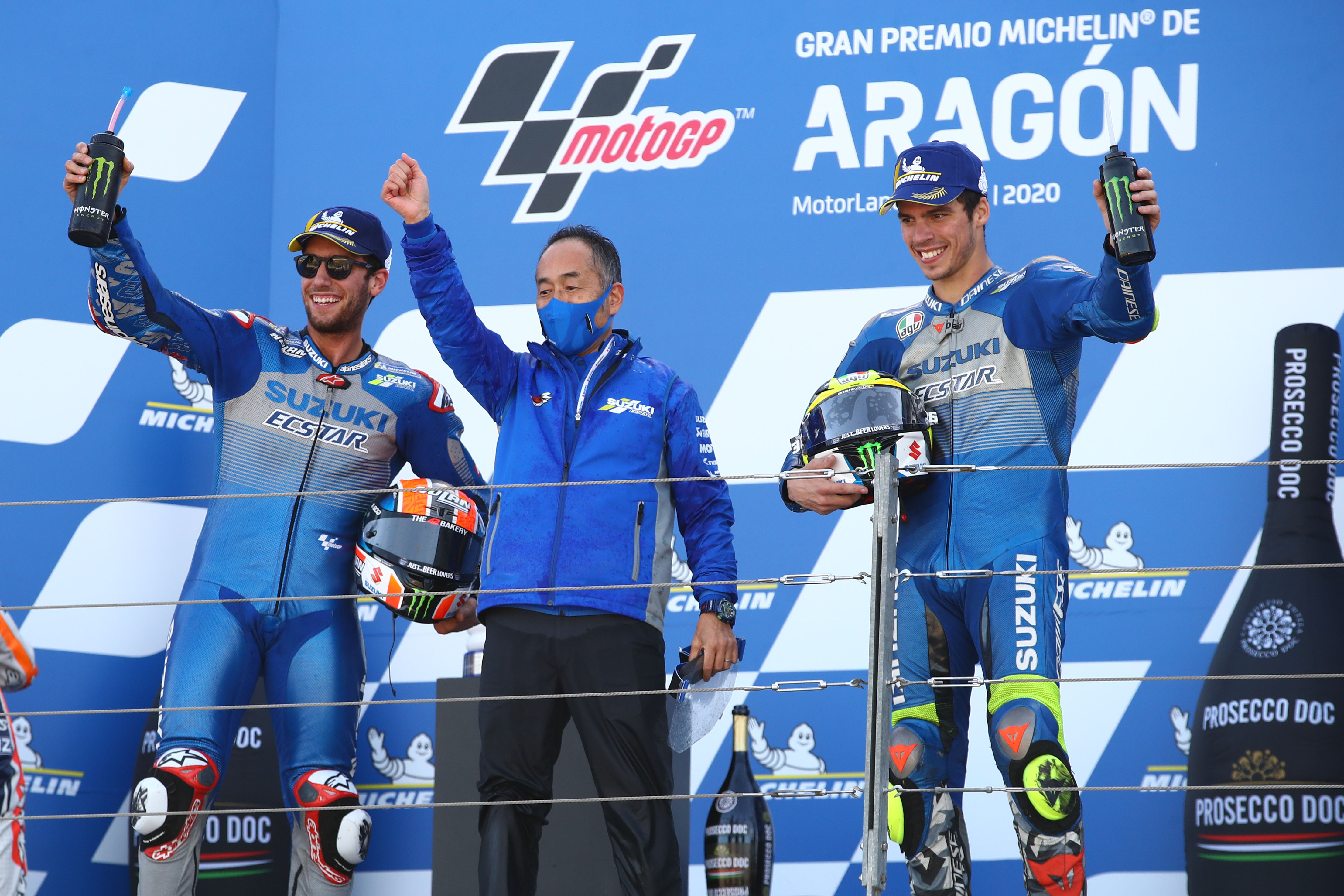
That makes Suzuki’s blend of the best of both unique – and has been the key to success, with Brivio’s partnership with Japanese technical bosses Ken Kawauchi and Shinichi Sahara the cornerstone.
Take the choice to sign young talent straight from Moto2 in the form of both Alex Rins and Joan Mir, for example. Promoting both Spanish teens directly from the intermediate class to factory rider status, it’s proven a huge success.
Rins, now in his fourth year as a Suzuki rider, took victory in last weekend’s Aragon Grand Prix, while Mir, in only his second year in the class and unfit for much of 2019, is now the championship leader and favourite to lift this year’s title.
It’s a rider recruitment approach unlike some of its rivals, which, without a talent development structure of their own, prefer to poach big names from elsewhere.
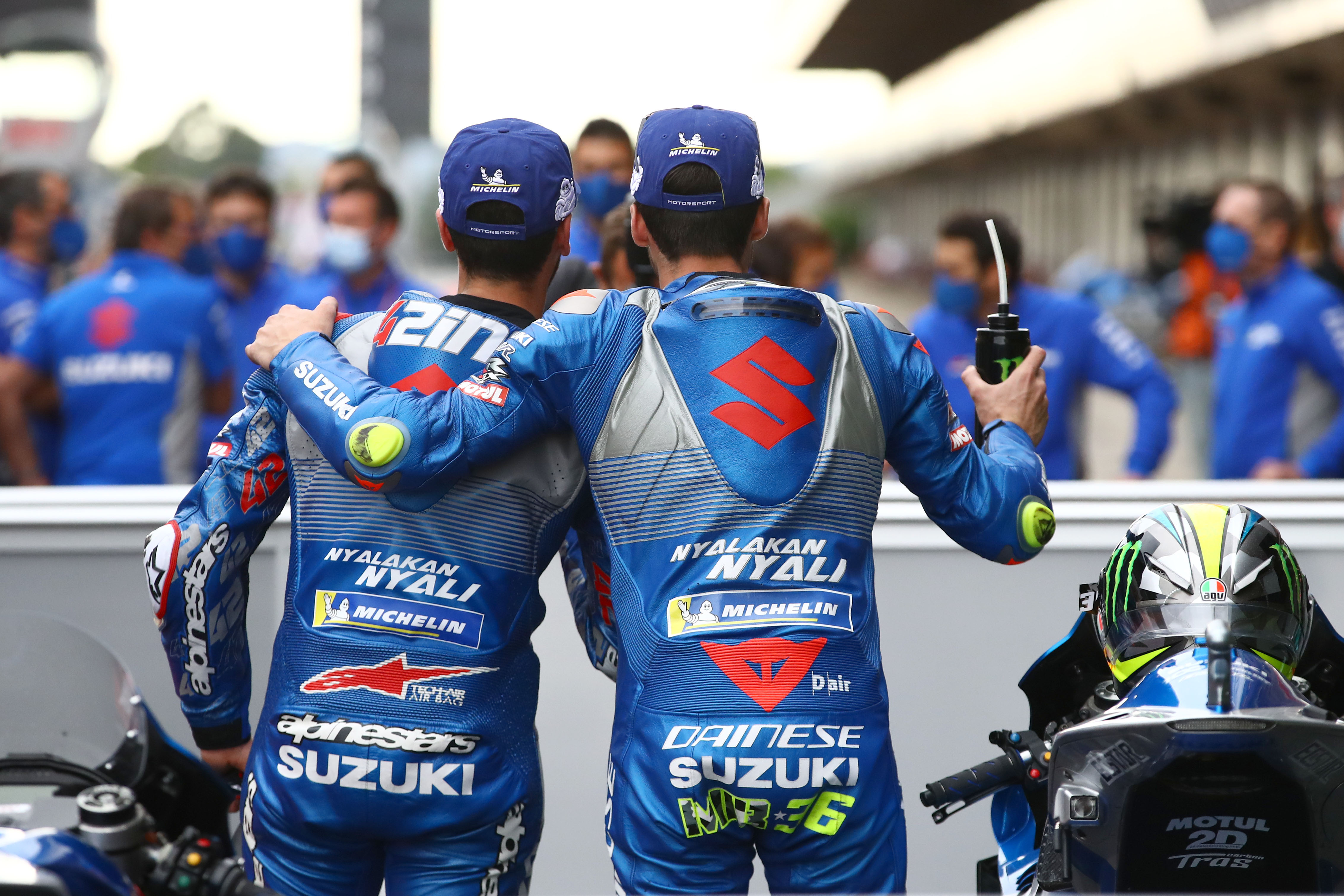
Realistically, that’s not an option for Suzuki given its more modest financial resources. Therefore it’s testament to its current form that it came to pre-season agreements with both Mir and Rins through 2022.
But while Brivio and his Italian cohort have managed to build a team that almost feels like a family affair, it has tempered that with intelligent thinking from the Japanese side of the equation too.
Building a bike that’s true to Suzuki’s heritage with an inline-four engine in an aluminium twin-spar chassis, the improvements that have been made in recent seasons are not to be underestimated.
Somehow managing to achieve the impossible by building a bike with its traditional amazing handling abilities, 2020’s big step forward has been coupling that with almost V4 levels of power.
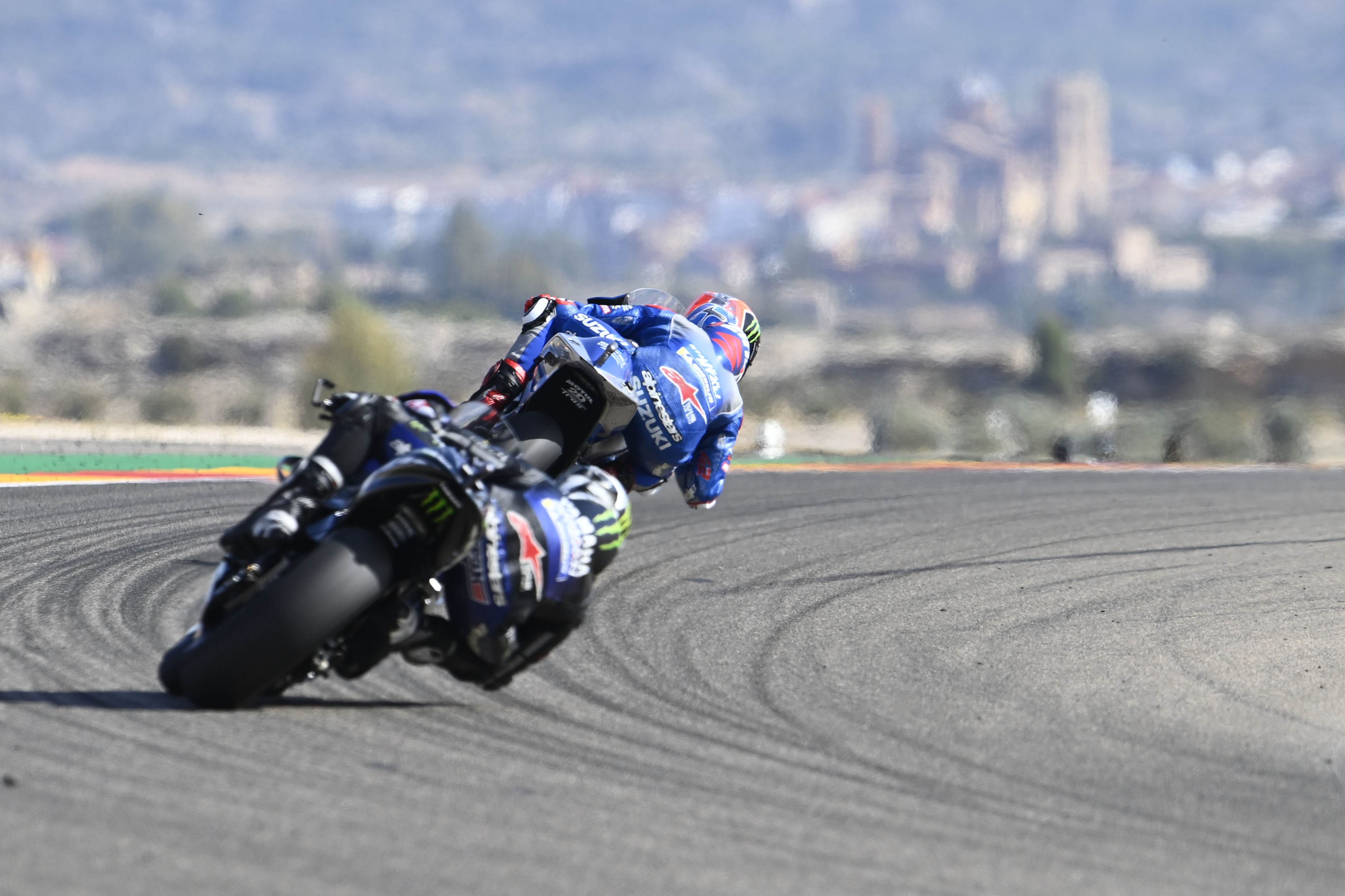
No longer at the same disadvantage in straightline speed and slipsteam overtaking as its fellow inline-four-engined rivals Yamaha, it’s testament to Suzuki’s comparatively small race department that it’s made such a remarkable turnaround in such a short period of time.
After all, it’s only a few short years since its disastrous 2017 season, when input from Andrea Iannone (below) while Rins was out injured caused the team to go in the completely wrong direction with its sealed engine, throwing away an entire year and causing it to need concession status again.
It has revamped its entire testing strategy since then, though, recruiting former World Superbike champion Sylvain Guintoli and partnering him up with veteran crew chief and newly-titled Doctor Tom O’Kane PhD.
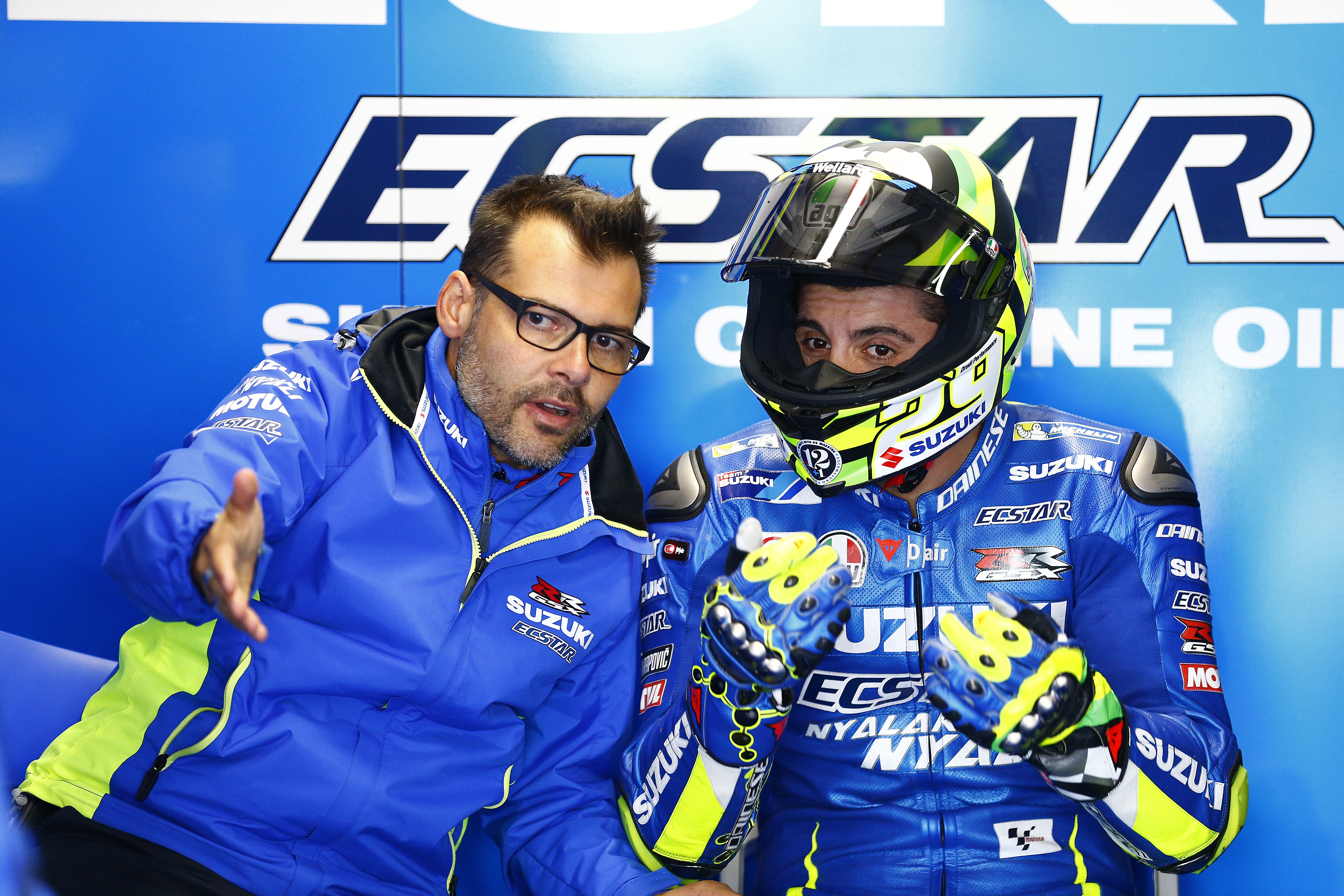
The pair (and the team around them) are a key part of the Suzuki family organisation, not working as a separate entity to the race team but alongside it at all times, making up in large part for Suzuki’s lack of a satellite racing test rider like Ducati has with Jack Miller or Honda with Cal Crutchlow.
That doesn’t mean that a Suzuki satellite isn’t on the cards, though. It’s been a stated aim for the Italian side of the team for quite some time, but while budgets are still controlled from Japan, all they can do for now is advocate for the boost it would provide it, according to team boss Brivio.
“We would be happy to have a satellite team, to get more data, to have more riders on the bike, more information,” he told The Race last month. “We think it can speed up the development of the machine, the same as other manufacturers.
“The point now is to get the support from the company. We have to present the project within the company and see what they think about it. The time is not ideal to increase racing activity, but we’ll try to bring it on the table and to decide.
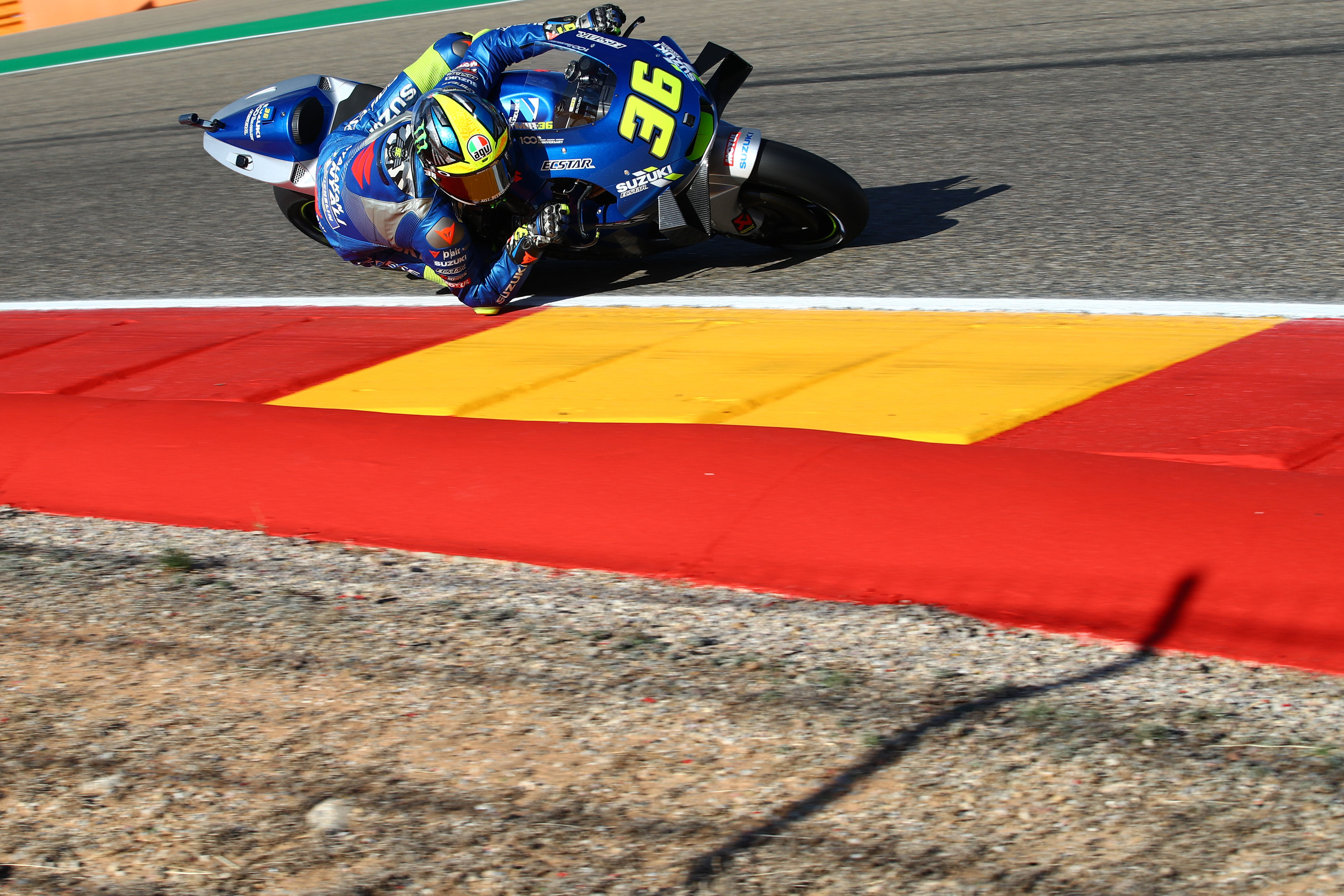
“Probably that won’t be before early next year – we will hopefully know by the beginning of the next championship.”
That all asks points to a question: will a satellite team, a bigger input from Japan, and potentially even title success in 2020 change the make-up of the squad and risk costing it what makes the squad unique and, right now, the team to beat?
While Brivio remains at the helm and Rins and Mir remain onboard, that’s unlikely. Of course, situations change – as evidenced by reports of increasing tension within the garage as Mir begins to assert his speed.
However, with a solid structure, a fast bike and two more seasons with its super-talented riders, it’s hard to imagine Suzuki doing anything but remaining front-runners for the foreseeable future now.




